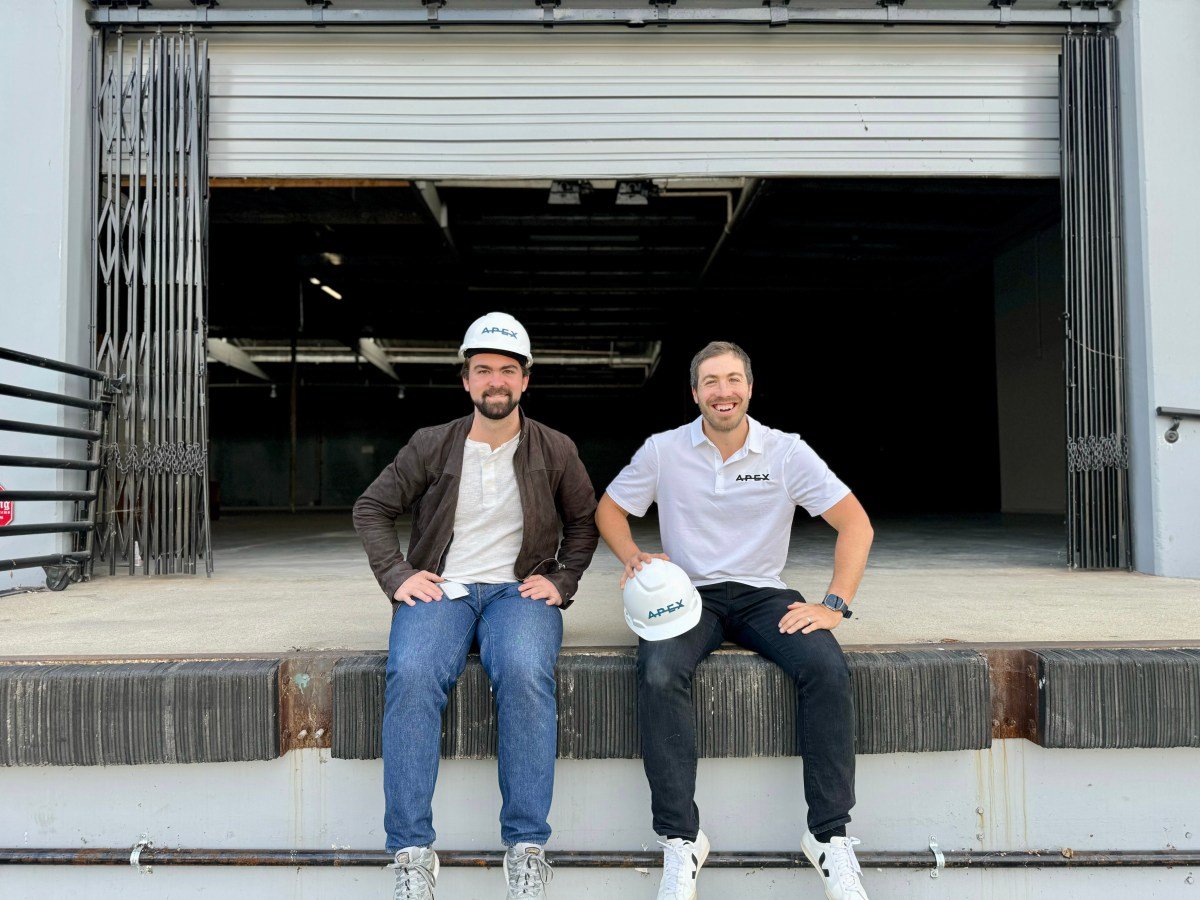In October, Apex Space emerged from stealth with a bold ambition – to eradicate the “new bottleneck” that has been plaguing the space industry by mass producing satellite buses. To achieve this goal, the company has just announced the opening of a new headquarters and production facility in California. Spanning over 46,000 square feet, this state-of-the-art facility will eventually have the capability to manufacture 50 satellite platforms annually.
According to the Apex CEO, Ian Cinnamon, the new facility is crucial in meeting the increasing demand from customers. “Our clients are seeking shorter lead times for their spacecraft, and Factory One will deliver just that,” stated Cinnamon in a press release.
Apex has set its sights on revolutionizing one of the most established areas of the space industry. Traditionally, satellite buses have been custom-built at exorbitant costs, with long wait times. However, recent changes in the space industry, such as the decrease in launch costs, have opened up opportunities for a wider range of clients who are looking to launch their payloads into orbit.
The company plans to launch three classes of satellite buses: the compact Aries, capable of carrying payloads up to 100 kilograms, the larger Nova, which can accommodate up to 230 kilograms, and the massive Comet, capable of carrying up to 500 kilograms. The first Aries is set to take flight on SpaceX’s Transporter-10 mission in the first quarter of next year.
Apex has grand plans to expand its production capabilities in the coming years. Currently, the company has commitments to deliver five Aries platforms in 2024, with the aim of ramping up production to 20 spacecraft by 2025.
The company has already secured at least $23.5 million in funding from investors, including big names like Andreessen Horowitz and Shield Capital. With a fresh approach and a solid financial backing, Apex Space is poised to make a significant impact on the space industry.








